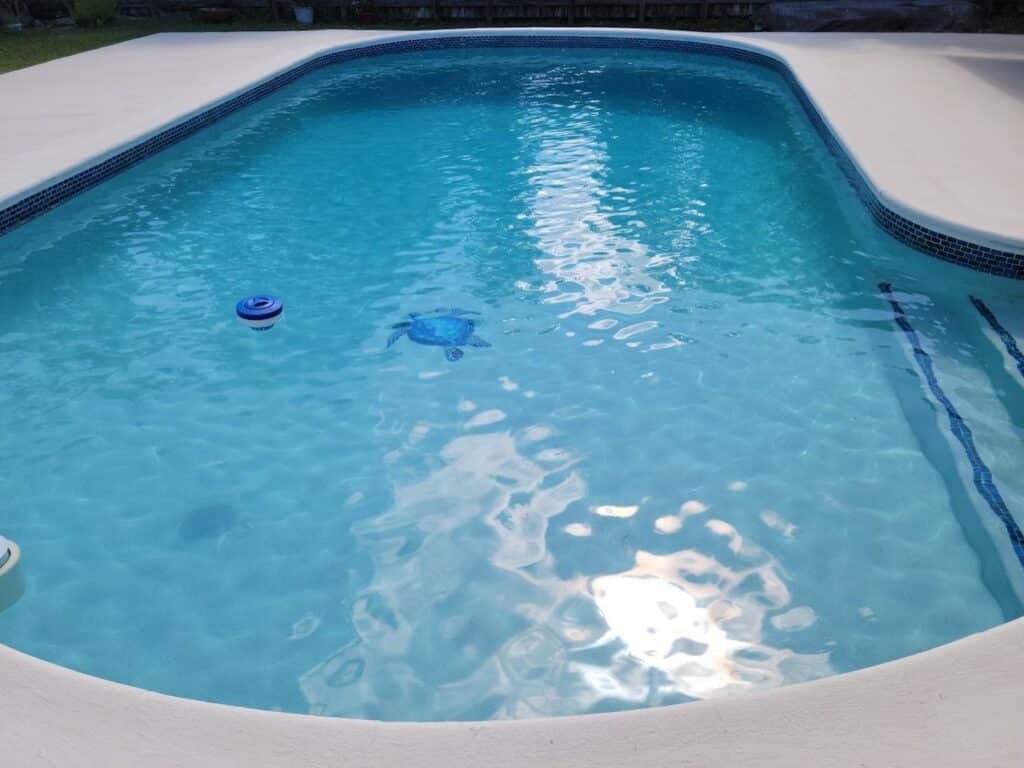For residential pool owners, it’s important to be aware of what your pool’s color says about its overall health. There are many factors that can contribute to a pool’s discoloration and clarity, and while many are benign, some may present significant dangers to your health as well as your pool’s health. To ensure that you’re ready if these complications arise, here’s all you need to know:
More often than not, one of the largest contributors to changes in color is the metal content of your water. This occurs when hard metals change color when they come in contact with chlorine. As such, different colors are a result of different metals being present:
Some other factors that can contribute to discolored or cloudy pool water include:
Interpreting what your pool is telling you is only the first step. To treat discoloration or clarity issues, there are a myriad of ways. Shock treatments are a standard protocol for cleaning out a pool from either discoloration, chemical imbalance, or the presence of metals, algae, or bacteria. Maintaining a good balance of maintenance, regular cleanings, and care can also greatly prevent the formation of these contributing factors.
Alligator Pools is ready to help you enjoy your pool all year round, without the hassle of discoloration and other maintenance issues. Contact Alligator Pool Services today for more information on weekly pool cleanings, repairs, and more!
